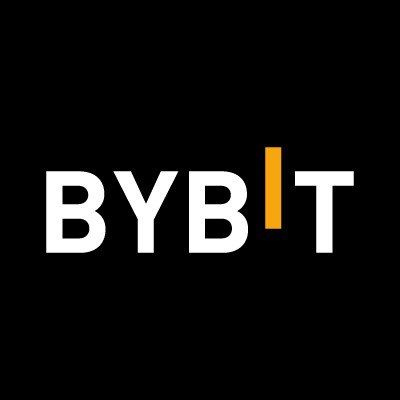727 reads
Let's Better Understand the Different Types of Cryptocurrency and Tokens
by
September 17th, 2021
Audio Presented by

Bybit, a crypto exchange, offers an ultra-fast matching engine across Spot, F&O, launchpads, earn products, NFTs & more.
About Author
Bybit, a crypto exchange, offers an ultra-fast matching engine across Spot, F&O, launchpads, earn products, NFTs & more.
Comments
TOPICS
Related Stories
1inch is ...Inflationary?
May 24, 2021